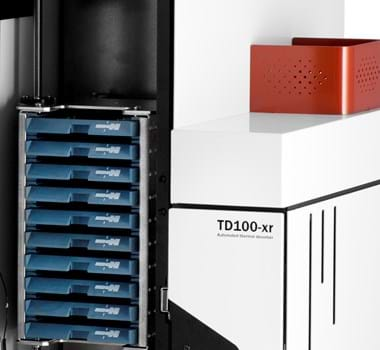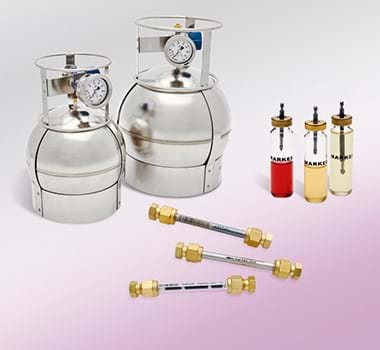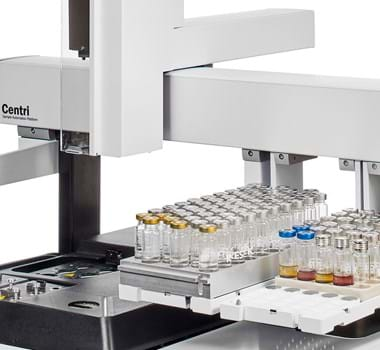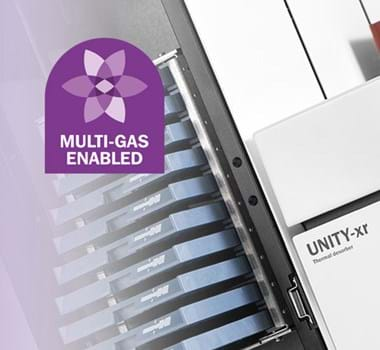Latest information
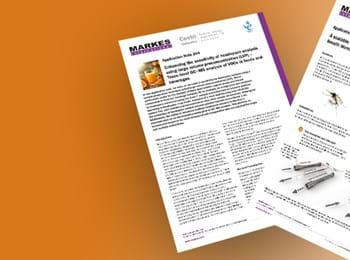
Detection of ozone-depleting substances and halogenated GHGs in industrial zones with a cryogen-free preconcentration–GC–MS system
Explore
Consultancy services from Markes International
Explore
Room temperature and sensitive analysis of haloanisoles in wine using Vacuum-assisted headspace SPME with GC/ECD
Explore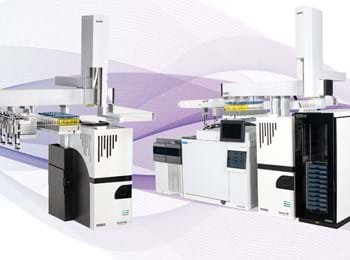
Breathe new life into your ageing GC–MS: State-of-the-art in automated sample extraction and concentration
Explore
Simple, non-invasive sampling of short-chain fatty acids in saliva as potential indicators of disease using HiSorb sorptive extraction
Explore
Markes International Inc. strengthens alliance with Orsat LLC to provide fully-automated, 24-7 PAMS VOC monitoring systems across entire USA
Explore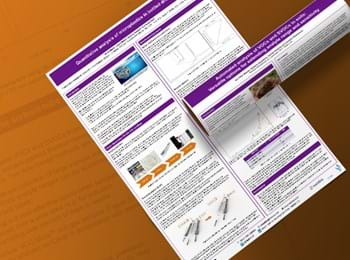
Targeting tumour-associated aldo-keto reductase activity with exogenous volatile organic compound (EVOC®) probes using high-capacity sorptive extraction (HiSorb™) and GC–MS to detect lung cancer
Explore
Eliminating lab dependency on helium as a carrier gas for TD–GC–MS
Explore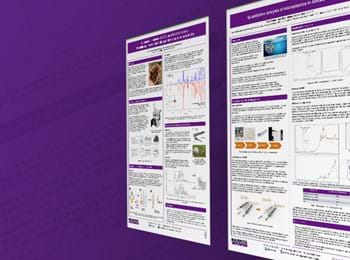
Towards field optimised, near-real time, continuous monitoring of trace-level chemical warfare agents in air
Explore
Enhanced analyte extraction with automated multi-phase high-capacity sorptive extraction (HiSorb™) for GC–MS
Explore
Extending established chemical warfare agent monitoring methods to emerging priority compounds using TD–GC–MS
Explore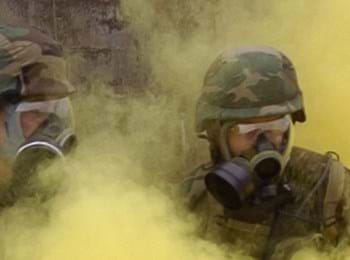
TT24-7NRT – The next generation in continuous, near real time airborne chemical agent monitoring
Explore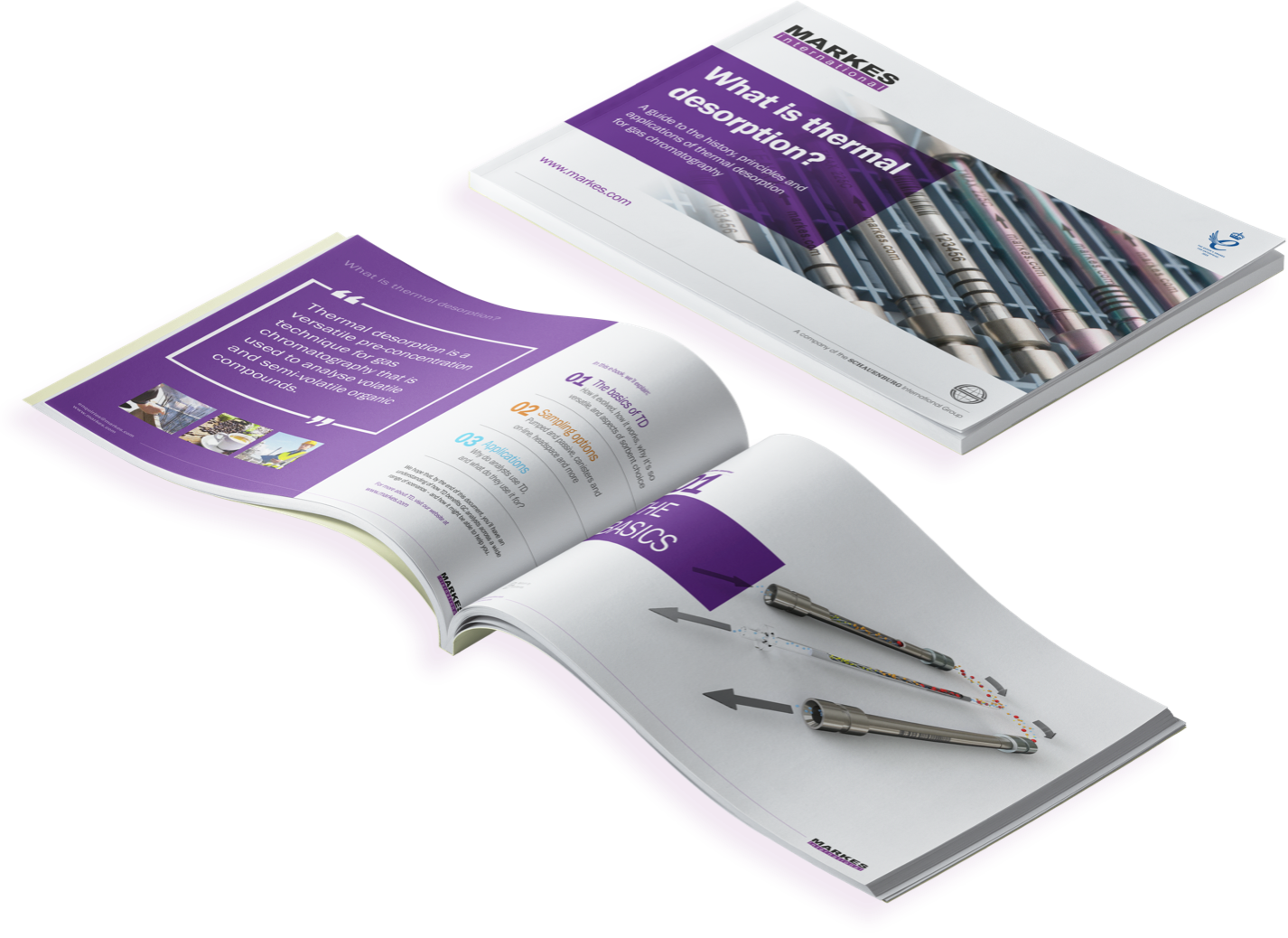
What is thermal desorption?
Thermal desorption (TD) is a versatile preconcentration technique for gas chromatography, which is used to analyse volatile and semi-volatile organic compounds from solids, liquids or gases.
Find out more by downloading our introductory e-book which explains more about the technique and it's place in the analytical laboratory
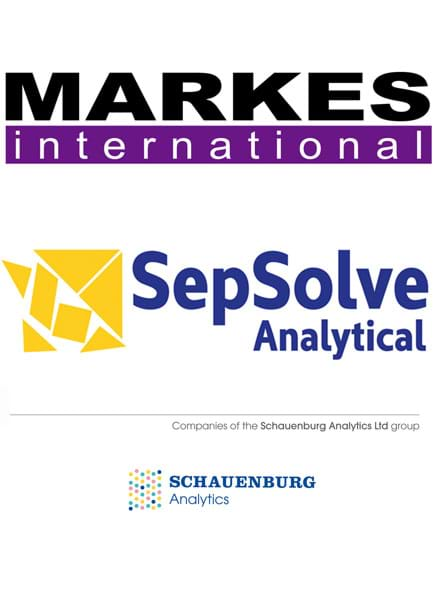
Markes International
Markes International is a multi-award-winning manufacturer of instrumentation and supplies that enhance the analytical capability of GC–MS. Markes has a well-deserved reputation for its technology expertise in the field of sample automation and concentration (thermal desorption, SPME, headspace and high-capacity sorptive extraction). Markes' products are used for the detection of trace-level VOCs and SVOCs in solids, liquids and gases. The company's systems are sold worldwide, through its own global offices and network of distributors. Markes' customers encompass research, government and industrial/service laboratories, in a wide range of sectors from environmental monitoring to materials testing, and food & beverage analysis.
Markes' sister company, SepSolve Analytical Ltd, is a manufactuer of GC×GC, time-of-flight mass spectrometers and associated software


